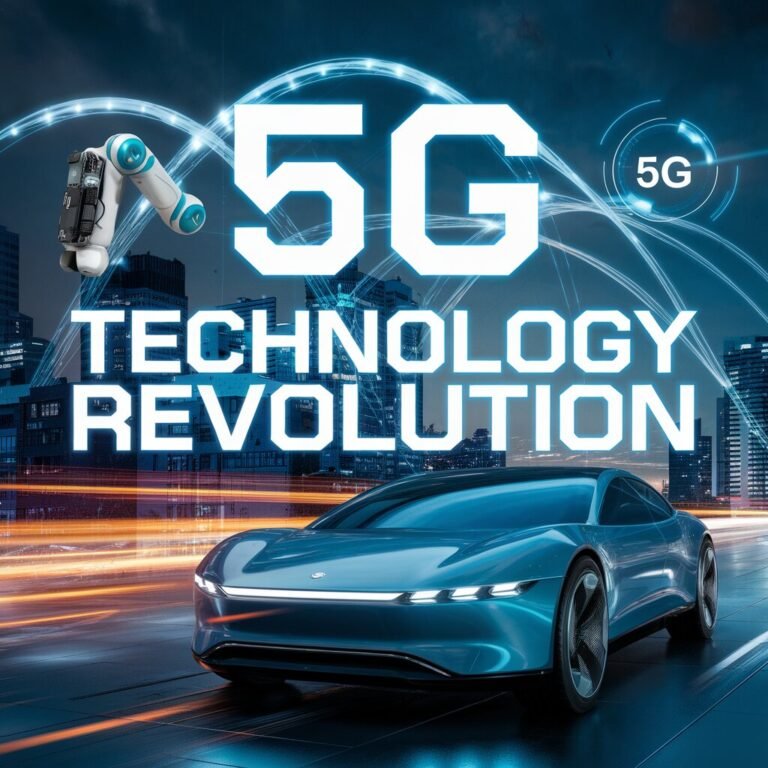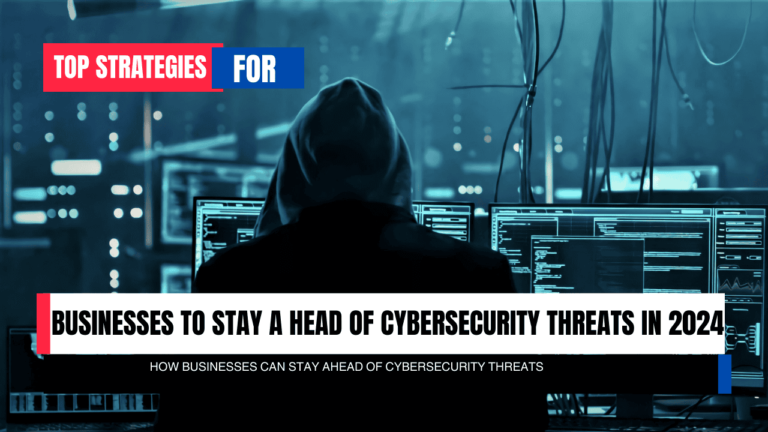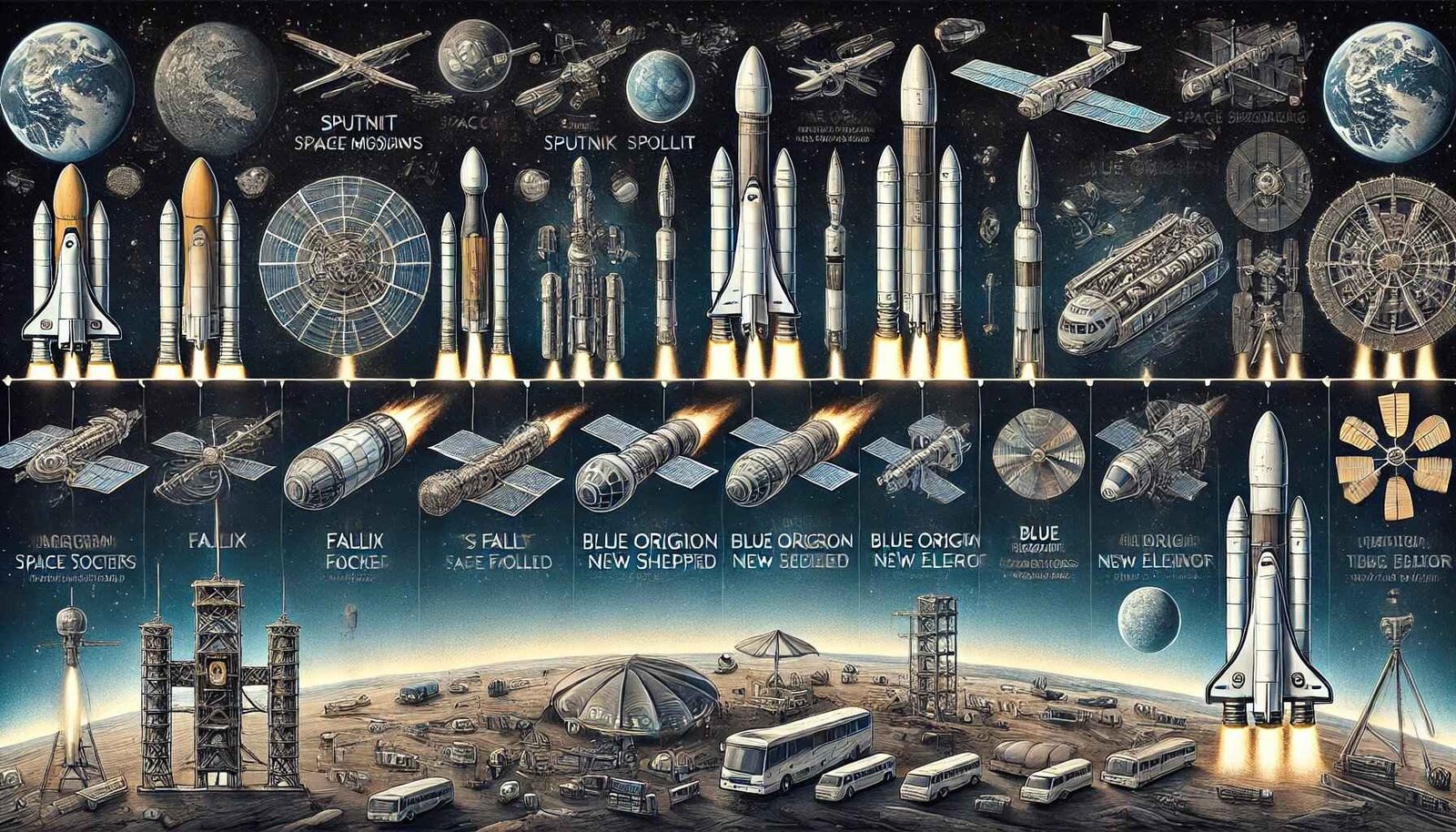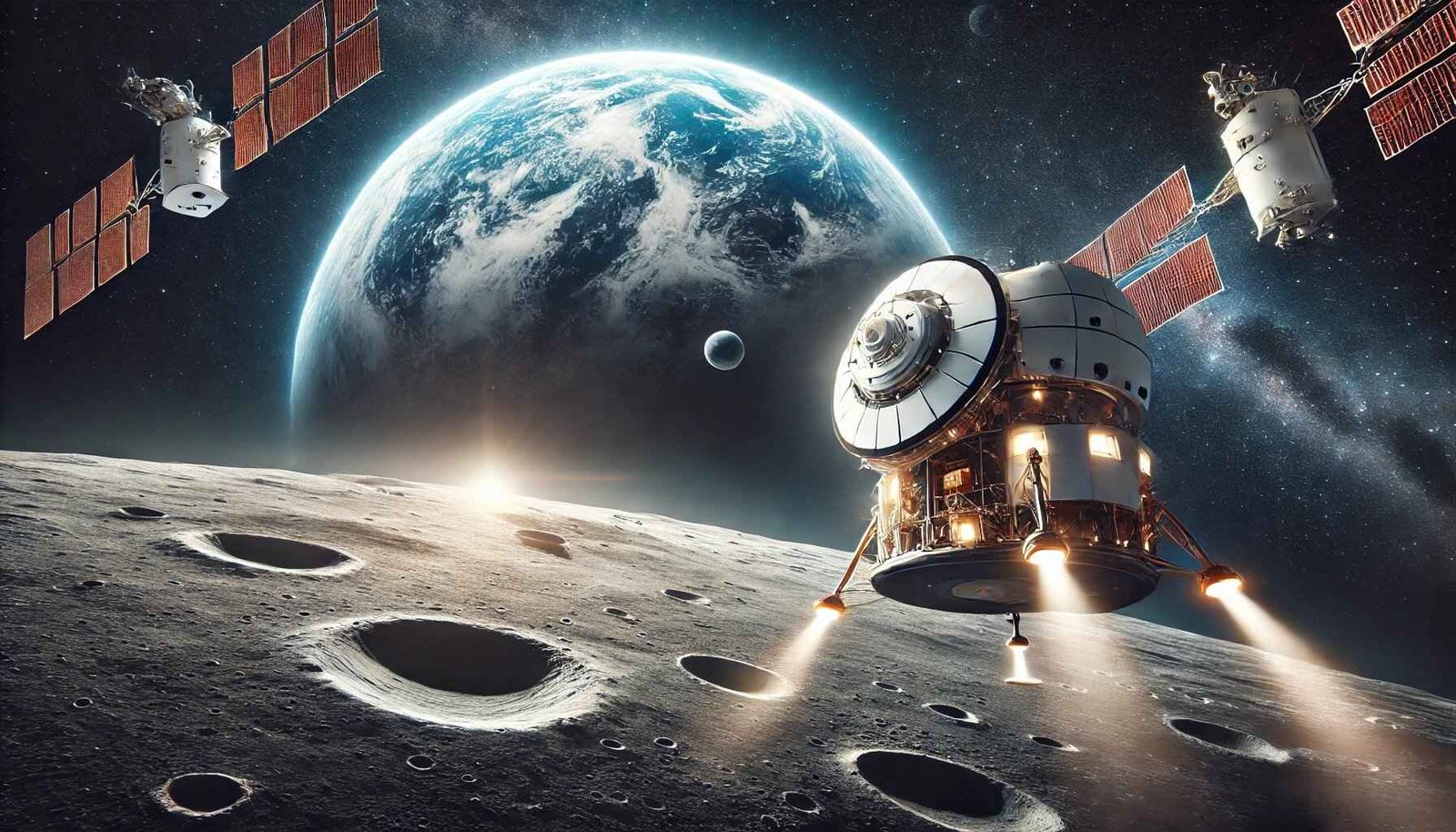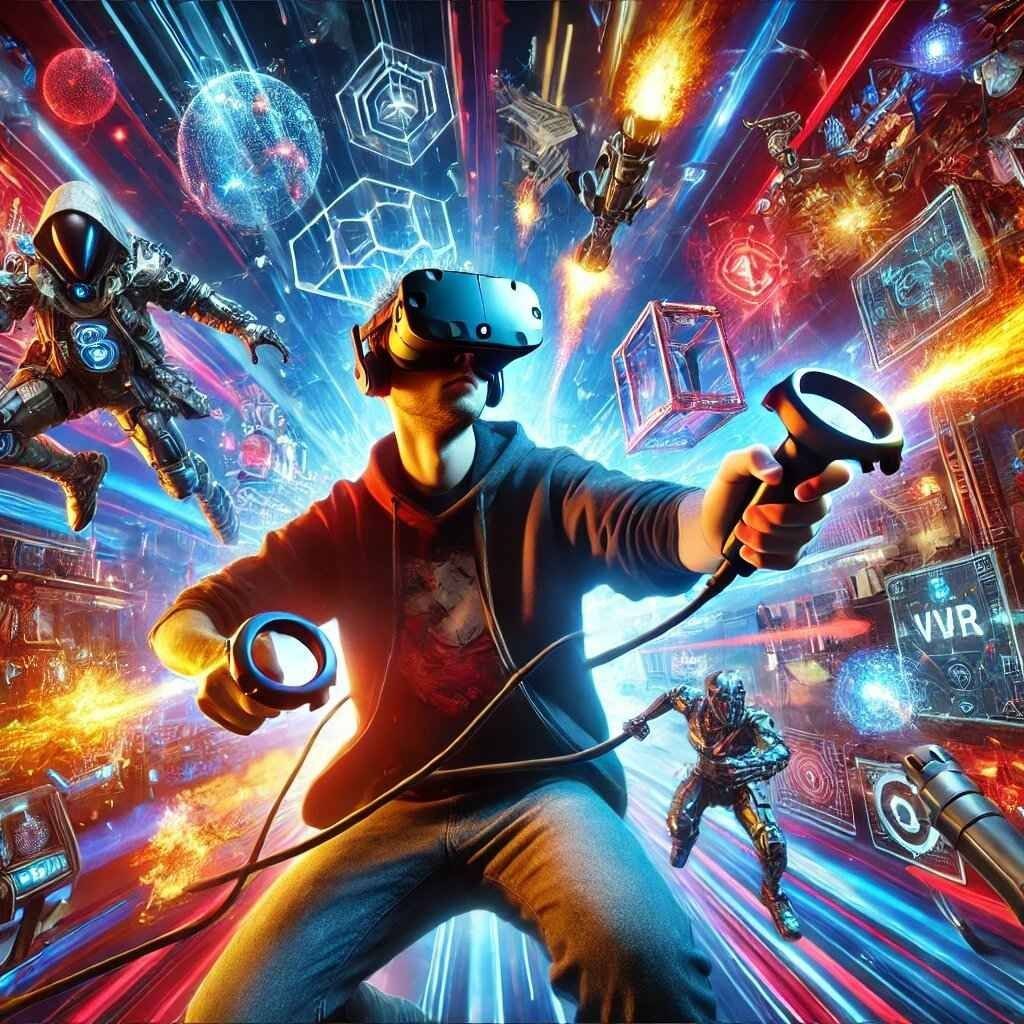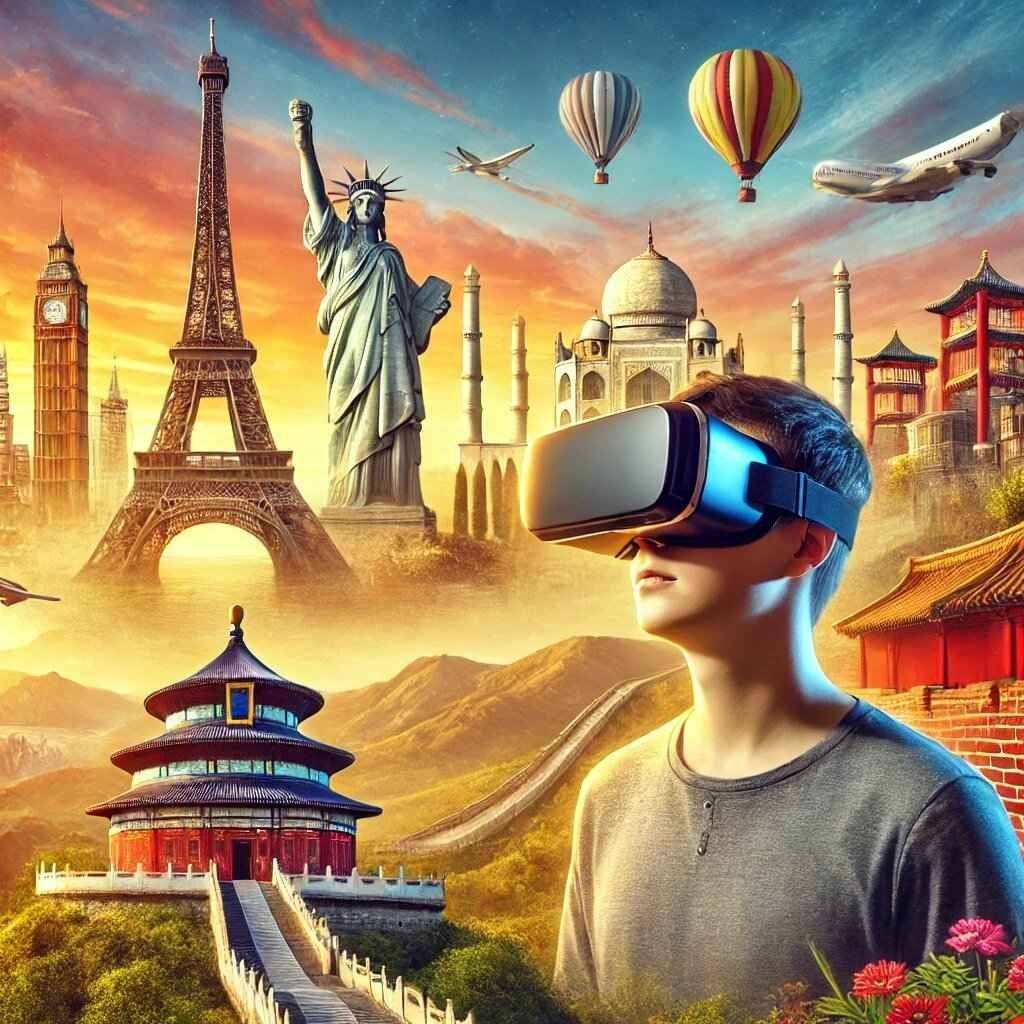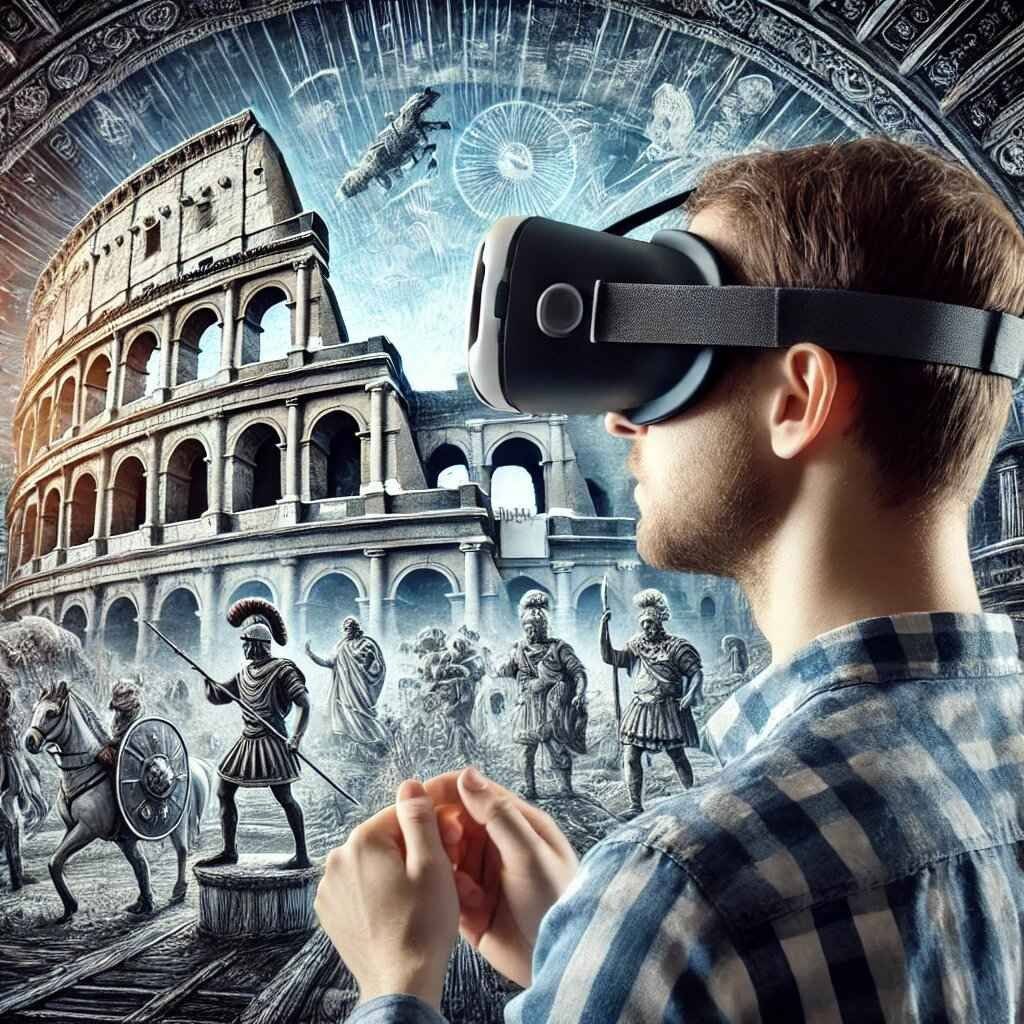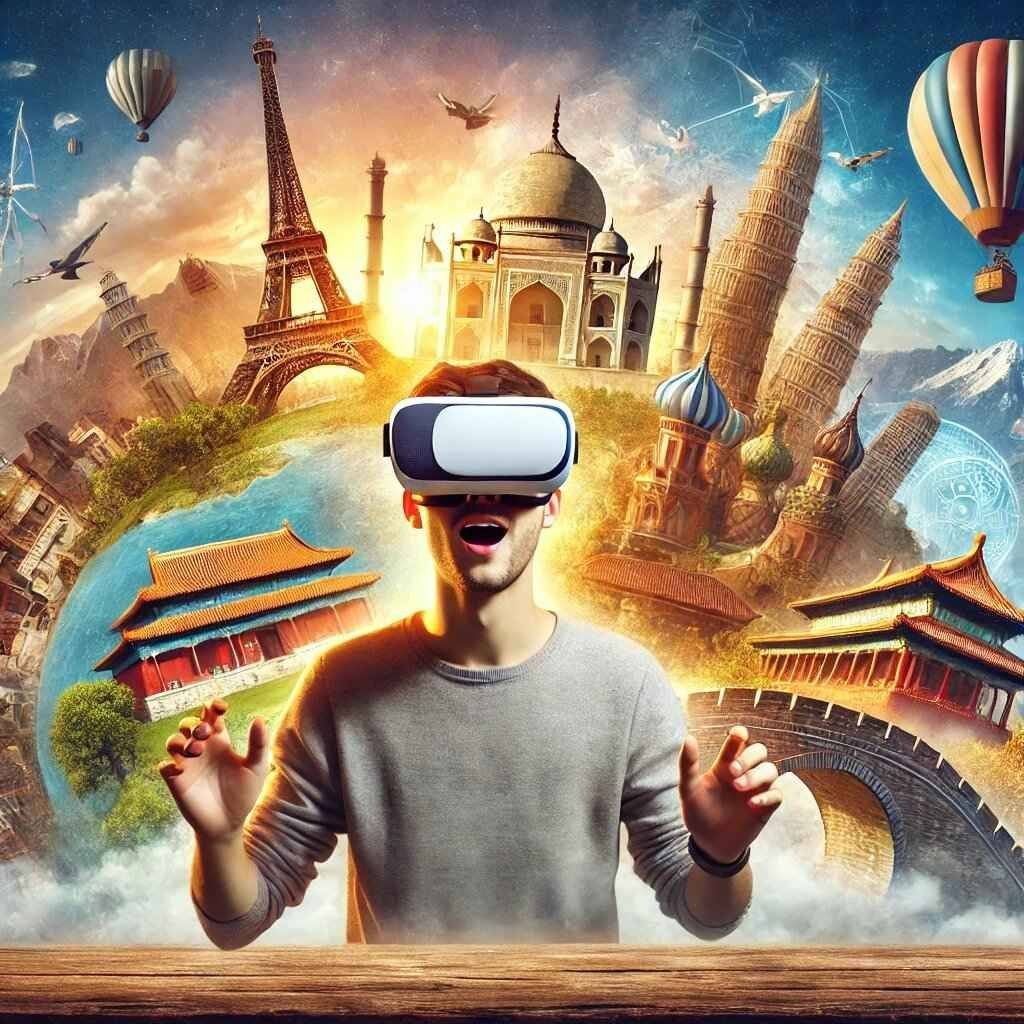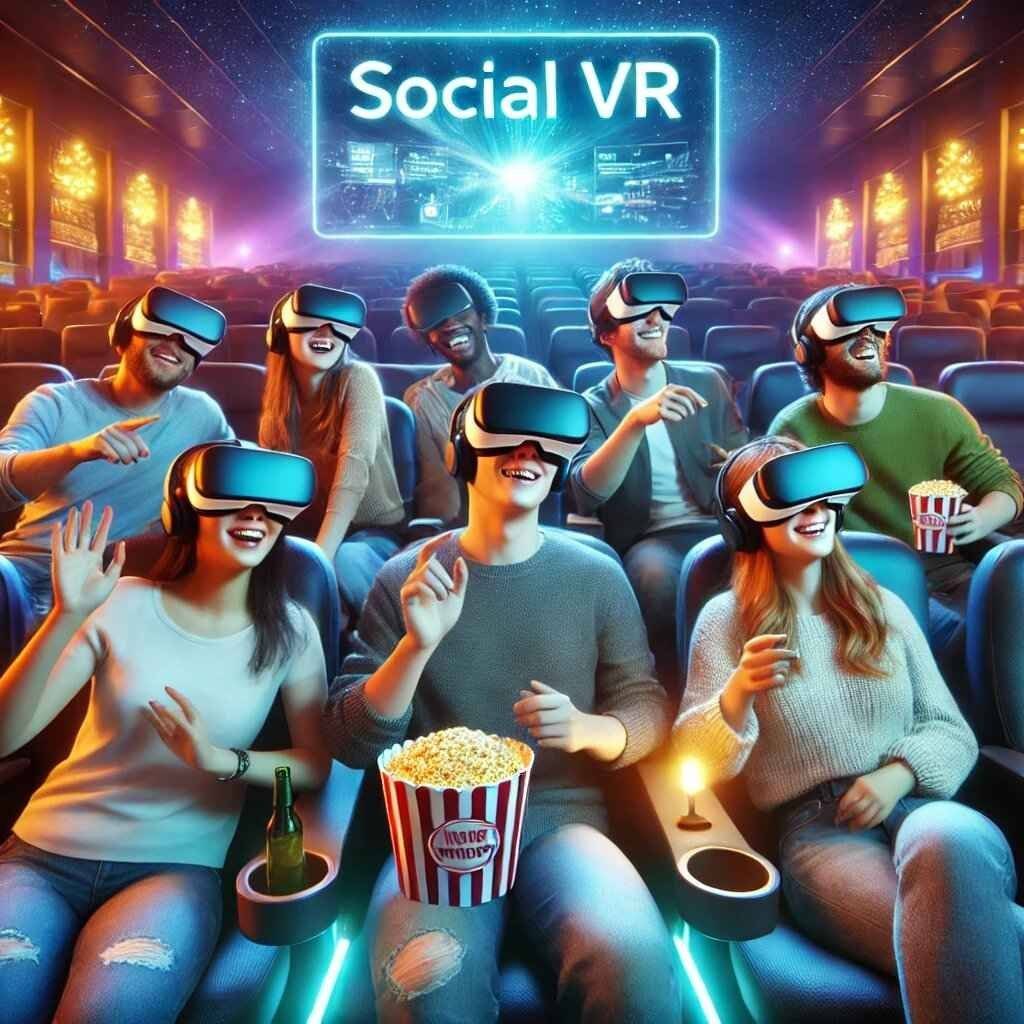Introduction: 5G Technology
It’s more than an upgrade from 4G, the fifth-generation wireless network is called 5G. We’re talking about a technological revolution, which is touching every sector in profound ways. However, through the leap to 5G, doors are now opening for opportunities that have never before been possible across healthcare, manufacturing, entertainment, and more. So what does this technology do, and how are these industries being affected by it?
How 5G Technology is Transforming Industries
Introduction

5G is not the next version of mobile; rather, it’s the inflection towards a whole new game. Though still ‘lagging’ in terms of speed, 5G can reach a speed of 100 times that of 4G and boasts ultra-low latency, which is set to transform whole industries. As 5G moves us into a future of seamless connectivity, it is necessary to understand what 5G can do for us.
Core Benefits of 5G
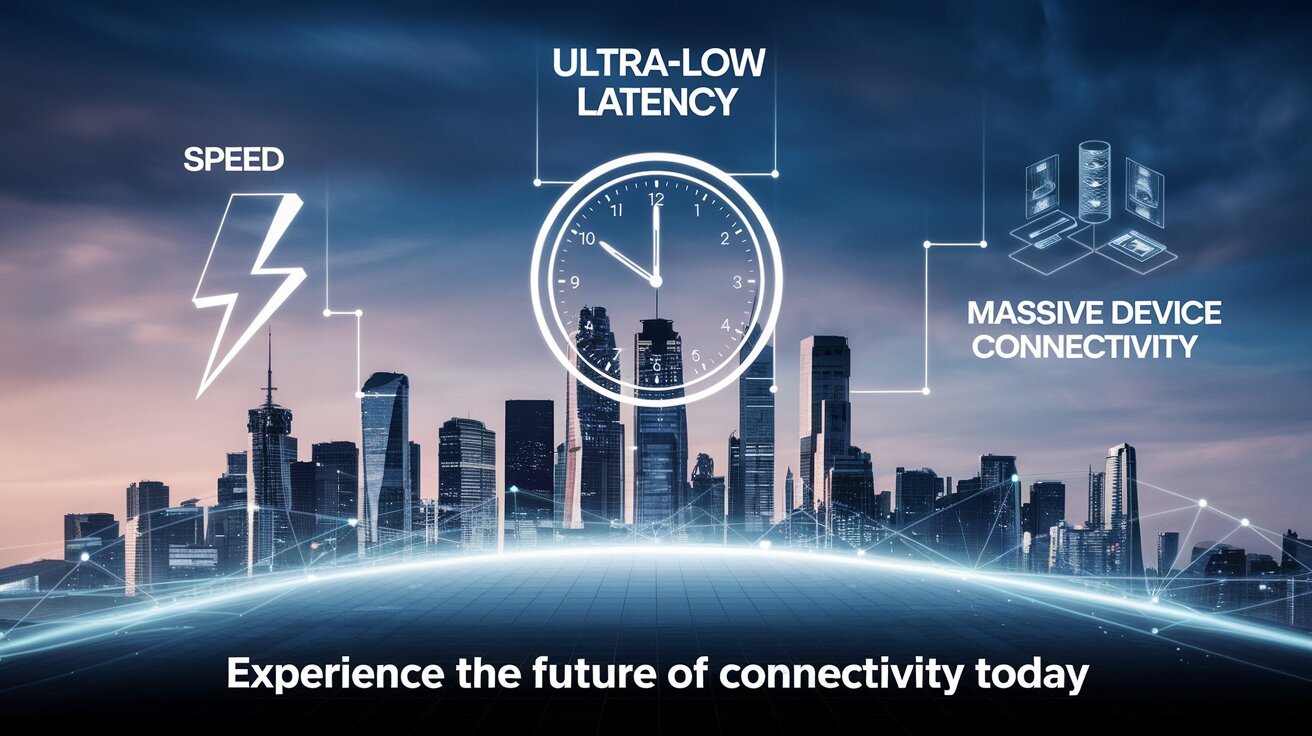
Unmatched Speed
Fast data transfer is one of 5G’s most impressive things. Running at up to 10 Gbps, streaming and data sharing have never been so efficient.
Ultra-Low Latency
Latency is the duration from the time we send information to the time someone else receives it, and with 5G we get down to a few milliseconds, extremely critical for all of these (the reason latency is a capital ‘L’) – remote surgeries, online gaming, etc.
Massive Connectivity
If used in smart cities and IoT networks, 5G will support a far greater number of connected devices per square kilometer than 4G.
Impact on the Healthcare Industry
Remote Surgeries

It is 5G which enables a surgeon in New York to operate on a patient in London, via robotic technology.
Telemedicine Advancements

Such interfaces enable sharing of patient records in real-time, access to doctors’ records, and enable doctors to seamlessly conduct virtual consultations with doctors from around the world.
Real-Time Monitoring
Wearable devices do constant patient monitoring that works with 5G. Healthcare providers can now deliver more proactive care: from tracking heart rates to detecting anomalies.
Manufacturing Revolution with 5G
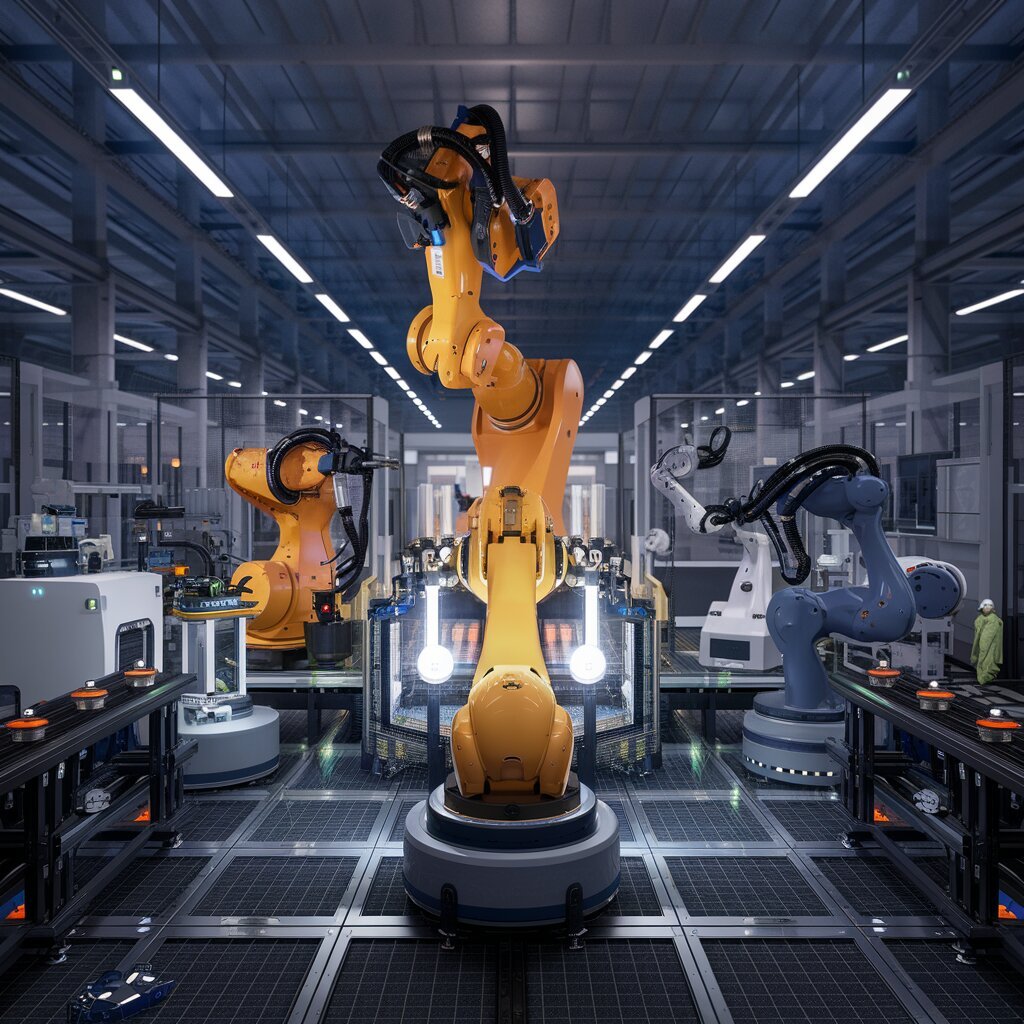
Smart Factories
5G is key to the smart factory concept. They communicate without delay between automated systems increase productivity, and decrease human error.
Predictive Maintenance
With 5G sensors, machines can tell that maintenance is needed before the problem even becomes a problem — minimizing downtime and cutting down on costly repairs.
Supply Chain Management
The supply chain gains efficiency through real-time tracking & analysis with 5G technology. With delivery getting faster and part management better, this occurs.
Entertainment Industry Reimagined
High-Quality Streaming
Video streaming in 8K and VR in VR come naturally with 5G. Ultra clear visuals without buffering and gives us revolutionary entertainment.
Interactive Gaming
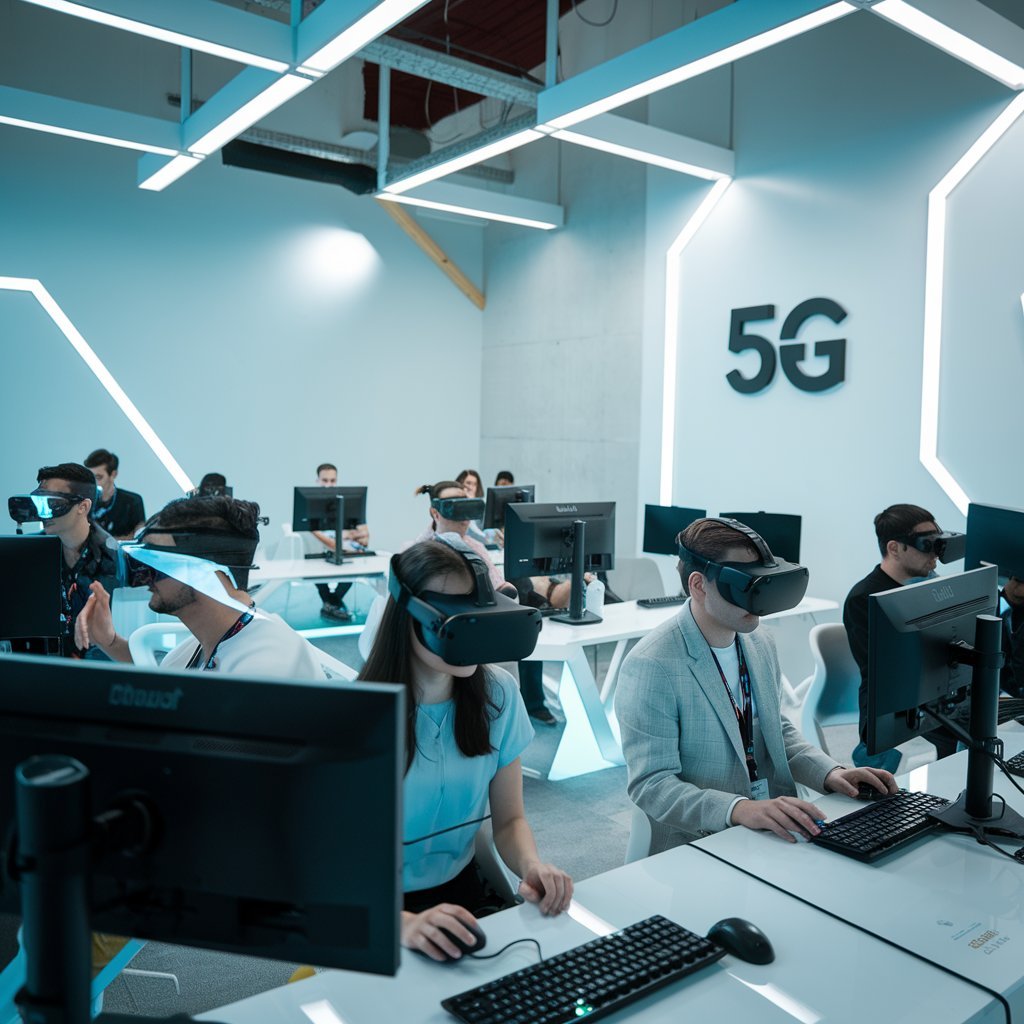
Video streaming in 8K and VR in VR come naturally with 5G. Ultra clear visuals without buffering and gives us revolutionary entertainment.
Augmented Reality (AR) Experiences
The gaming industry can’t get enough of cloud gaming. Interactivity, responsive gaming, immersive experiences, and instant feedback are all enabled by low latency.
The Role of 5G in Autonomous Vehicles
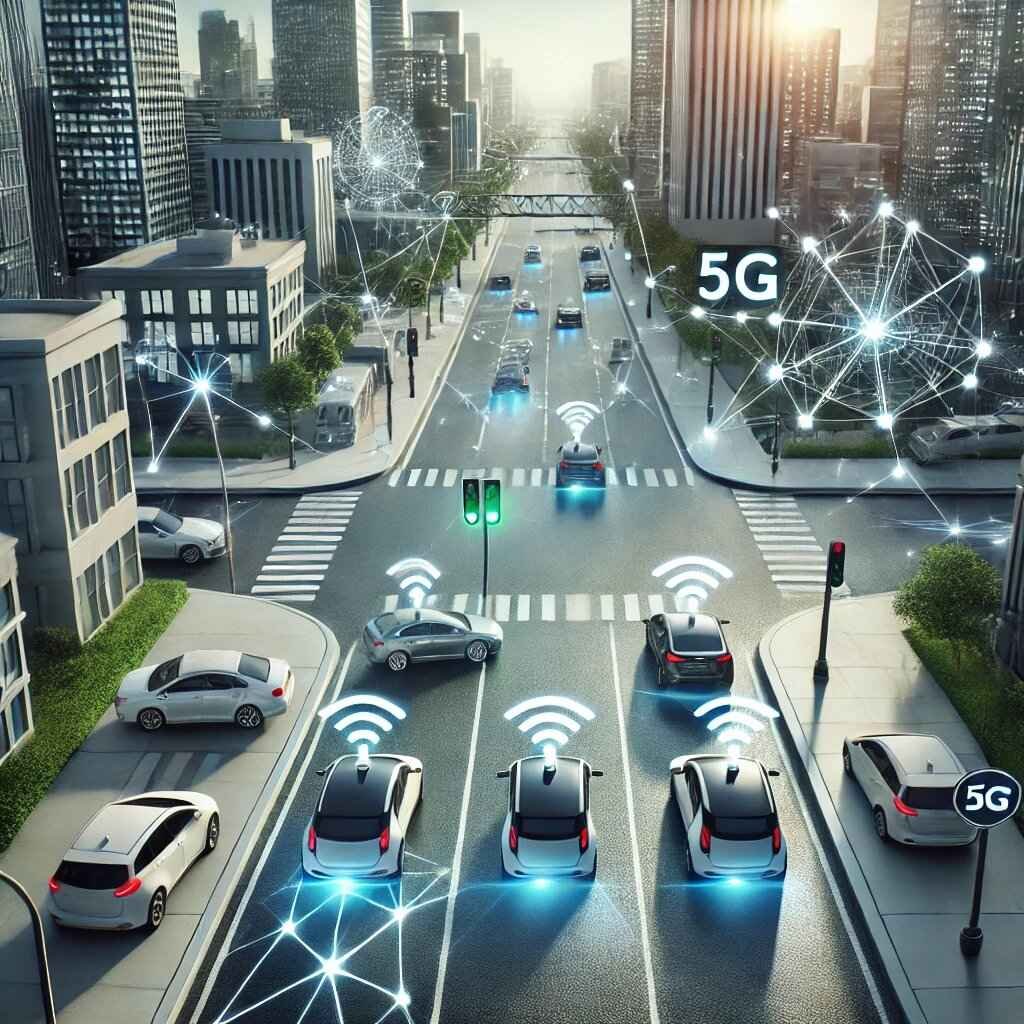
AR-enabled using 5G enables the digital and physical worlds to come together, from concerts to sports events, providing fans with a better experience.
Smart Cities and 5G

Efficient Traffic Management
Real-time data, like those needed for self-driving cars, is an essential but often overlooked piece of the safety equation, and 5G ensures the connection between vehicles and infrastructure is always on, allowing for a safer, faster, and more efficient experience.
Enhanced Public Safety
Using 5G, traffic signals can be real-time adjustable to alleviate congestion, decreasing travel time and emissions.
Retail Sector Innovation
Personalized Shopping Experiences
Upon detecting emergencies they should be smarter, detecting faster and coordinating more efficiently with emergency services.
Seamless Payment Solutions
By allowing retailers to provide hyper-personalized marketing, AR advertisements, and truly interactive shopping experiences, 5G additionally provides tools for retailers.
Agricultural Advancements
Precision Farming Techniques
Drones and sensors are poised to become an important part of precision agriculture, helping to monitor soil health and optimize crop yields on smarter farms, using the precision that 5G makes possible.
Real-Time Monitoring of Crops
Real-time weather patterns and soil data can be made available to farmers so they can make smart decisions to increase productivity.
5G and the Internet of Things (IoT)
Connected Devices in Homes and Industries
5G makes IoT devices better and also more connected allowing for smart fridges and automated factories.
Transforming Everyday Life
Through 5G, smart homes can automate based on budgets, like with lighting and temperature.
Also, read this blog Top Strategies for Businesses
Challenges and Concerns with 5G
Security Risks
With ever more devices connected, the opportunity for cyberattacks multiplies, and 5G networks have to focus on bringing robust security features to the forefront.
Infrastructure Costs
Creating the infrastructure for 5G is expensive, and can take time, especially out in the rural areas.
5G’s Environmental Impact
Energy Efficiency
The carbon footprint of mobile communications is lower in 5G networks than in previous generations.
Potential Drawbacks
But manufacturing new 5G hardware for 5G phones and handling exponentially more data stay sources of concern.
Future Predictions for 5G
What Lies Ahead
In its early stages, 5G is far from reaching its potential. The future looks promising and global with smart cities and artificial intelligence.
Industries Poised for Further Transformation
Well, see more 5G integration into everything from retail to education to space exploration.
How Businesses Can Prepare for 5G
Investing in 5G-Compatible Technology
To outshine their competitors, and improve their productivity, companies should start investing in 5G technology right now.
Employee Training and Adaptation
Part of the process is training staff to know and take advantage of 5G technology.
Conclusion and Key Takeaways
For the first time in history, 5G technology changes industries because it delivers faster speeds, lower latency, and so much connectivity. There’s already an impact from 5G in healthcare, manufacturing, and entertainment. It doesn’t limit itself to just one sector. As more sectors join the bandwagon, the possibilities are endless.
FAQs
- What is climate tech?
Specifically, climate tech refers to technologies for combating climate change: reducing emissions or promoting sustainability. - Why is reducing carbon footprints important?
We need to slow global warming, protect ecosystems, and prevent severe climate-related impacts by lowering carbon emissions and Disasters. - How does renewable energy impact carbon footprints?
Clean fuel is renewable sources, such as solar and wind, which greatly decrease emissions. - Can individuals support climate tech efforts?
Definitely through energy-efficient ways of living, support for green products, and promotion of climate-friendly policies. - How does AI play a role in climate tech?
AI optimizes energy use, forecasts climate patterns and resource management, saving on waste and emissions. - Are there real-world examples of climate tech success?
Indeed, there are examples of large-scale solar farms, offshore wind projects, and exciting ‘carbon capture’ facilities.

